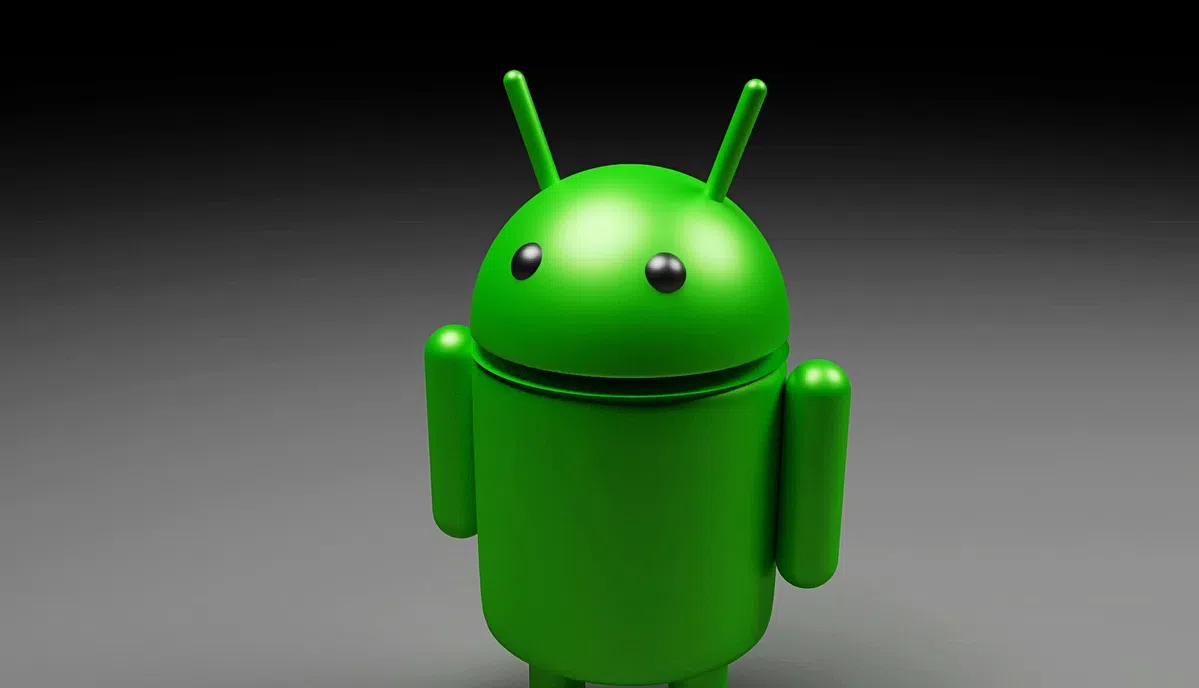Noos News•
It’s been a mystery until now, but Maastricht scientists seem to have figured out how to create identical twins. This process has not been observed before, and it is not known how it works. Simply put, identical twins can arise if the fetus shows accelerated growth at a very early stage. The embryo is then separated into two parts.
Researchers discovered this by implanting an artificial fetal structure outside the uterus. “We have made what happens invisible in the womb visible outside the womb,” say lead researchers Clemens van Bletterswijk and Eric Vrij. The research has been published in the journal Advanced materials.
The accelerated growth occurs in the blastocyst, a type of balloon that later develops into the placenta. If this balloon grows too quickly, the mass of cells that will later become the embryo will be pulled in two. Researchers believe that in exceptional cases, identical triplets or quadruplets could be created in a similar way.
Here you can see how that works:

Time recording of the formation of an identical twin fetus
Researchers from Maastricht University UMC+ and the MERLN Institute got the scoop in 2018 by creating the first artificial embryo, which was then cultured from mouse stem cells. Last year, Israeli researchers were able to do the same thing with human stem cells. Now an artificial embryo from identical twins has been implanted in Maastricht.
Automated search
This discovery is due in part to the automated search process used by the Maastricht researchers, which bears the name High throughput screening. This allows them to examine thousands, perhaps even millions, of cell structures at once and expose them to different conditions. They do this by adding various growth factors and signaling molecules to cell structures.
The fact that we now understand how an artificial embryo develops into identical twins is no strong guarantee that this is exactly the case with natural fertilization. “It’s not absolutely certain, because you can’t study it,” says van Bletterswijk. “But the evidence is provided indirectly. What we see is completely logical, and it is a simple explanation.”
Open the black box
Embryologist Sebastian Mastenbroek of the University of Amsterdam UMC – who was not involved in the study himself – is fascinated by the research. “Several groups around the world are working on developing artificial embryos. This is truly an innovation in reproductive science in recent years. We had almost no idea about the first days and weeks of human development, which Black box “We are opening now.”
Mastenbrock calls this new discovery about the origin of identical twins “a link to this development.” There may also be practical applications. For example, with artificial insemination, where more twins than desired are born. “If we understand the process well, we may eventually be able to reduce the number of identical twins after IVF.”
The researchers themselves stress that their research can increase knowledge about miscarriages and fertility. In twin pregnancies, complications often occur during early implantation. With new knowledge, it can be prevented or treated.
Growing members
It also focuses on developing tissues for patients for whom donor organs are not available. In artificial embryos you can already see the beginning of organ formation. If they could control this process better, you could, for example, grow tissue such as a heart valve. “First, we want to check if we can culture red blood cells,” says van Bletterswijk. “I expect it will become clear in the near future whether this is possible.”
Such developments could be hindered by social objections to embryo research, but Mastenbrock is not afraid of that. “My experience in recent social debates is that there is widespread support for these kinds of techniques, as long as you clearly explain why you are doing this research and how well we have arranged the conditions for it in the Netherlands. Only a small percentage of people will stay people in exchange.”

“Lifelong zombie fanatic. Hardcore web practitioner. Thinker. Music expert. Unapologetic pop culture scholar.”








